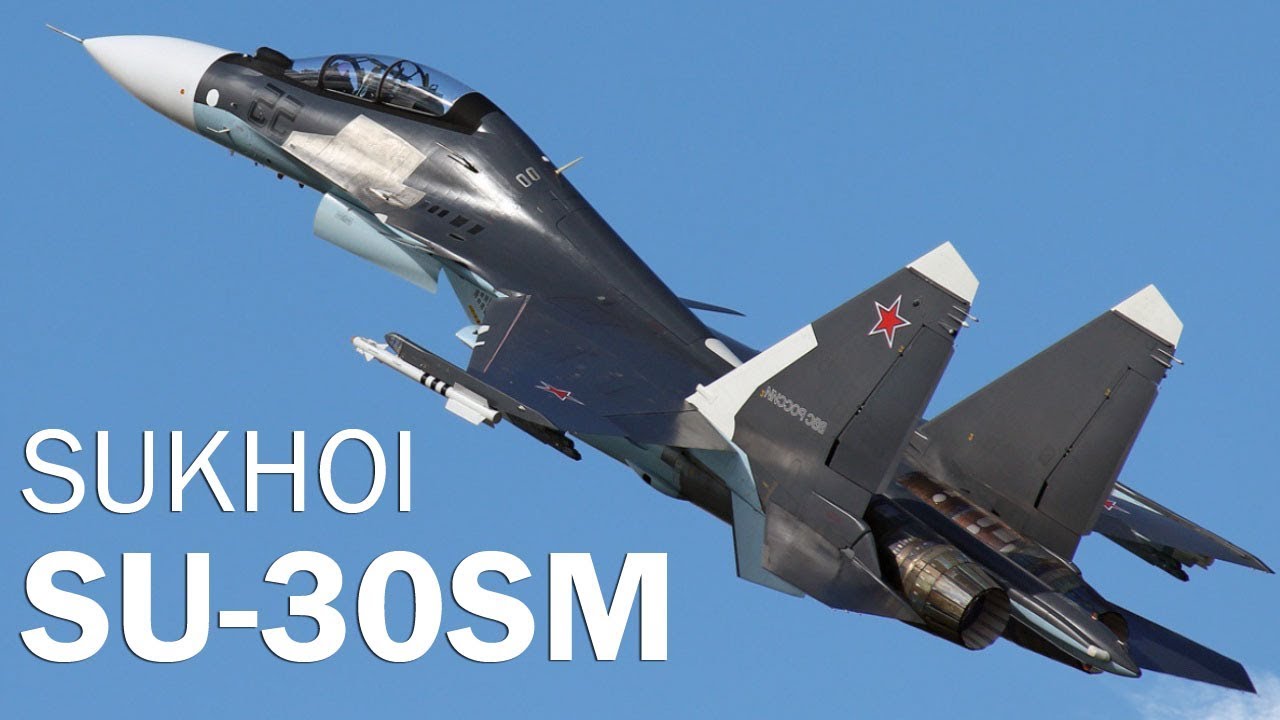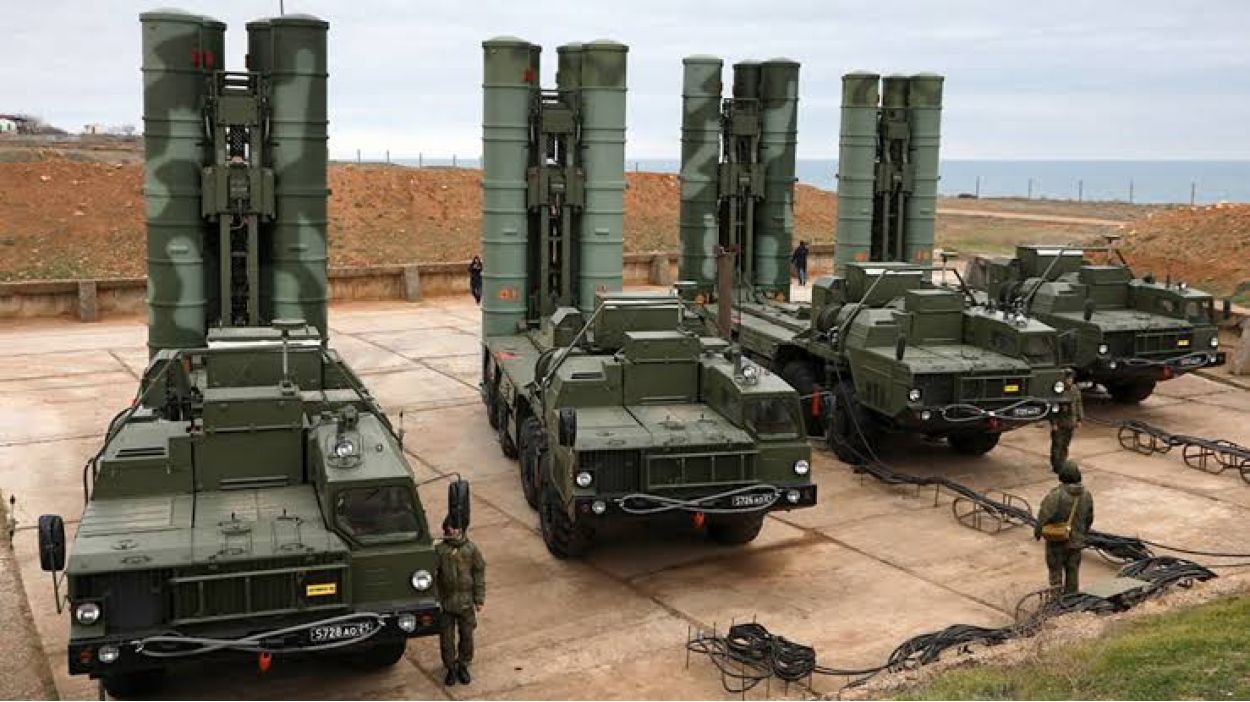Russian Su-24M bombers, Su-30SM, and Su-30SM2 multirole fighters recently conducted precise bombing strikes on simulated targets during a military exercise in Russia’s westernmost exclave of the Kaliningrad Region.
German Fighter Pilots ‘Plot’ Attacking Taiwan For Beijing; China Lures More Western Aviators To Train The PLA
The region, which borders NATO members Lithuania and Poland, hosted the military exercise aimed at providing air support to ground forces, reported TASS, citing Baltic Fleet’s press office.
The report highlighted that during the military exercise, over ten bomber and multirole fighter jet crews from the Baltic Fleet’s naval aviation conducted bombing runs at a practice range.
The training aimed to enhance coordination and proficiency among the participating crews in successful bombing missions supporting land operations.
According to a statement from the press office, the pilots of Su-24M bombers, Su-30SM, and Su-30SM2 fighter jets participating in the exercise honed their skills in delivering strikes using air-launched weapons against ground targets both during the day and at night.

Naval pilots participating in the exercise performed flights to a designated area where they delivered precise bombing strikes using P50-T heat-resistant practice air bombs and 30mm artillery shells.
The targets represented simulated enemy airfields, personnel, and equipment. Throughout the drills, the pilots completed more than 20 sorties, employing air-launched weapons with accuracy, the report said.
The Naval pilots conducted bombing runs at altitudes ranging from 500 meters to 1,000 meters, targeting a designated field at the aviation training ground in the Kaliningrad Region, as specified by the press office.
The report mentioned, “The pilots’ practical operations were registered by data recording equipment with its devices installed on combat aircraft and the ground in the area of fulfilling combat training objectives.”
This comprehensive monitoring allowed for accurate assessment and evaluation of the pilot’s performance during the execution of combat training objectives.
Rising Tensions In The Baltic Sea Region
The regular drills by Russia and NATO allies over the Baltic region emphasize the significant strategic value attributed to this area.
The Baltic Sea has long been a point of contention in the tensions between Russia and Western nations.
The presence of Russia’s crucial naval bases in St. Petersburg, the home of the Baltic Fleet, and the strategic exclave of Kaliningrad plays a central role in the Kremlin’s regional power projection and, at times, its global influence.
These locations enable Russia to maintain a significant military presence in the Baltic region, allowing for rapid response capabilities and the ability to project power beyond its immediate borders.
However, following Finland’s recent accession to NATO, seven NATO member states now have coastlines along the Baltic Sea.

This development has consequential implications for Russian warships seeking to access the Atlantic Ocean, as they must navigate the waters along these Baltic Sea coasts.
Moscow has expressed concerns regarding the increasing presence of NATO troops near its borders.
In response, Russia has been conducting more frequent military drills to demonstrate its readiness and preparedness to counter any potential attack from enemy forces.
In March, the Russian military conducted exercises involving the S-400 Triumf air defense system in collaboration with the Baltic Sea Fleet. The primary objective of these exercises was to test response strategies in the event of a notional airspace violation by an enemy aircraft.
Su-27 fighters from a naval aviation unit simulated intruders, while the skilled air defense (AD) crews showcased their ability to neutralize the simulated enemy targets. The drills concluded with the Triumf teams effectively engaging the targets using electronic means, highlighting the impressive capabilities of the air defense system.
On its part, in September 2022, NATO Allies Hungary, Germany, the Czech Republic, Italy, Türkiye, the United Kingdom, Estonia, Latvia, Lithuania, and Finland participated in the third Ramstein Alloy exercise 2022 in the Baltic Sea region.
Notably, this iteration of the exercise marked the first time the Allies incorporated air and surface-based Integrated Air and Missile Defense activities into the drills.
The exercise aimed to enhance cooperation and interoperability among the participating nations in air and missile defense.
Nonetheless, the accession of Finland to NATO raises concerns about potential threats to St. Petersburg and Murmansk, home to the Russian Navy’s Northern Fleet bases.
- Contact the author at ashishmichel(at)gmail.com
- Follow EurAsian Times on Google News




